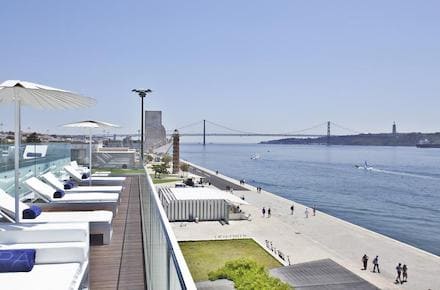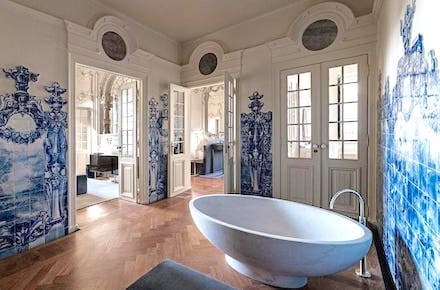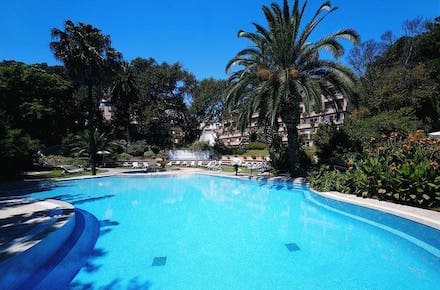Jerónimos Monastery
Praça do Império (Belém)
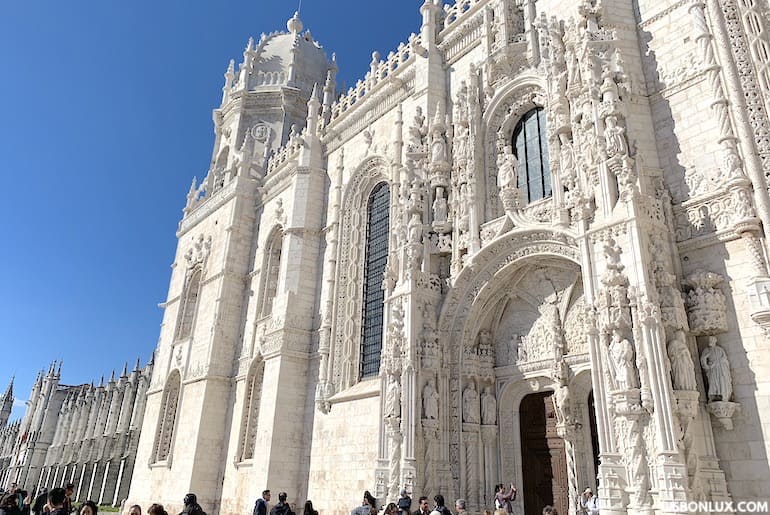
The most magnificent monument of the Age of Discovery is the Jerónimos Monastery . Built in 1502, it’s now classified as a World Heritage Site, and is where you find the tomb of Vasco da Gama.
Belém Tower
Avenida da Índia (Belém)
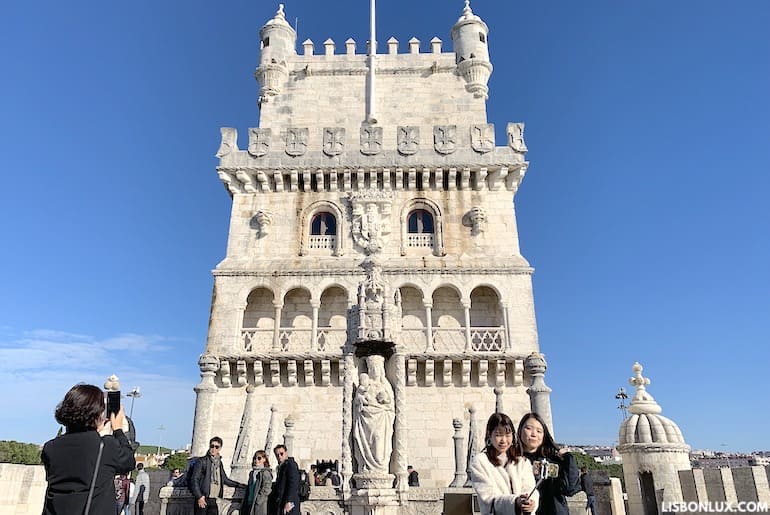
Also a World Heritage monument, the Belém Tower was built in 1515 to protect the harbor. It was the starting point of many voyages, and has an image of Our Lady of Safe Homecoming carved in stone to bless and protect the navigators.
Discoveries Monument
Avenida Brasília (Belém)
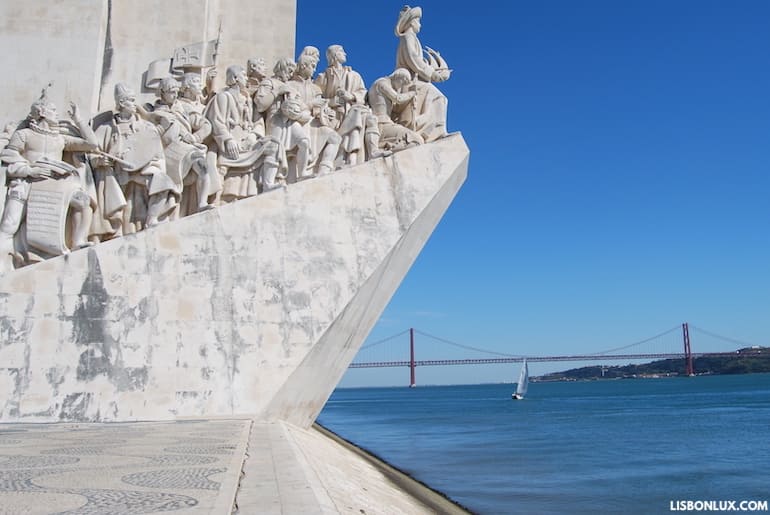
To know the historical figures related to the Age of Discovery, pass by the Discoveries Monument . It’s shaped like a caravel led by Prince Henry the Navigator, accompanied by 32 other 7m-high sculptures representing personalities like Magellan and Pedro Álvares Cabral.
Ancient Art Museum
Rua das Janelas Verdes (Santos)
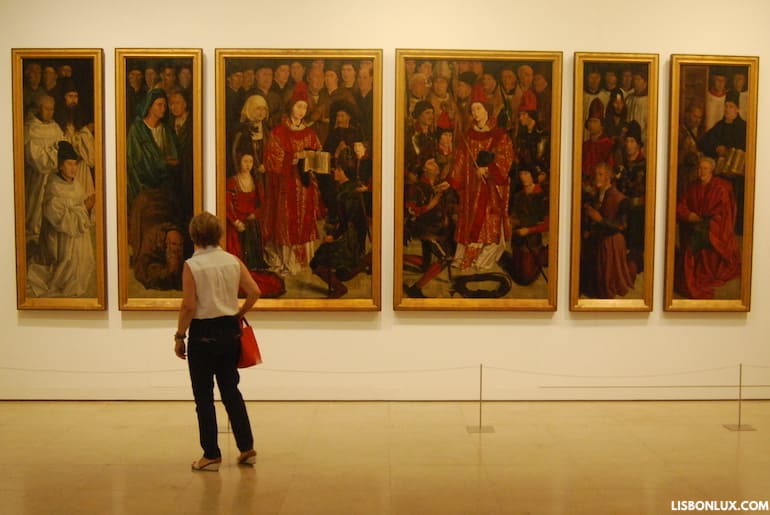
The Ancient Art Museum houses several treasures from the Age of Discovery. One of them is the Belém Monstrance, made of gold brought by Vasco da Gama on his second trip to India in 1502. There is also the masterpiece of Portuguese painting from the 15th century, the “St. Vincent Panels,” which include a portrait of Prince Henry the Navigator, and Japanese screens depicting the Portuguese arriving in Japan.
Maritime Museum
Praça do Império (Belém)
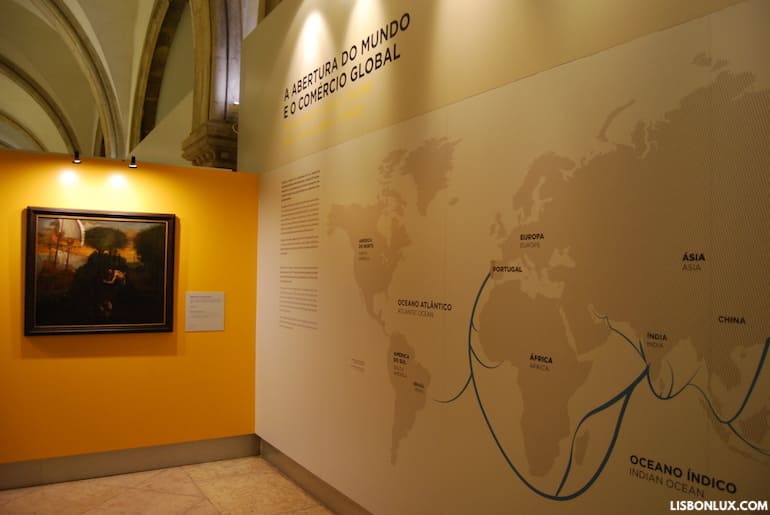
The Maritime Museum shows Portugal’s pioneering role in the exploration of the oceans. It presents model ships from the Age of Discovery, ancient maps and globes, and a wooden figure representing the Archangel Raphael that accompanied Vasco da Gama to India.
Orient Museum
Avenida Brasília/Avenida 24 de Julho (Doca de Alcântara, Alcântara)
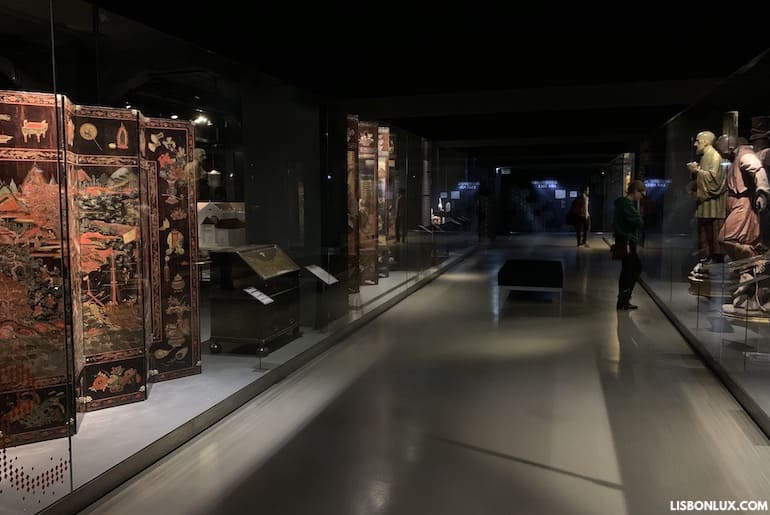
Paintings, textiles, masks and Indo-Portuguese furniture in the Orient Museum show how the Portuguese Discoveries influenced the arts and cultures of the East.
Largo do Menino Deus
Alfama
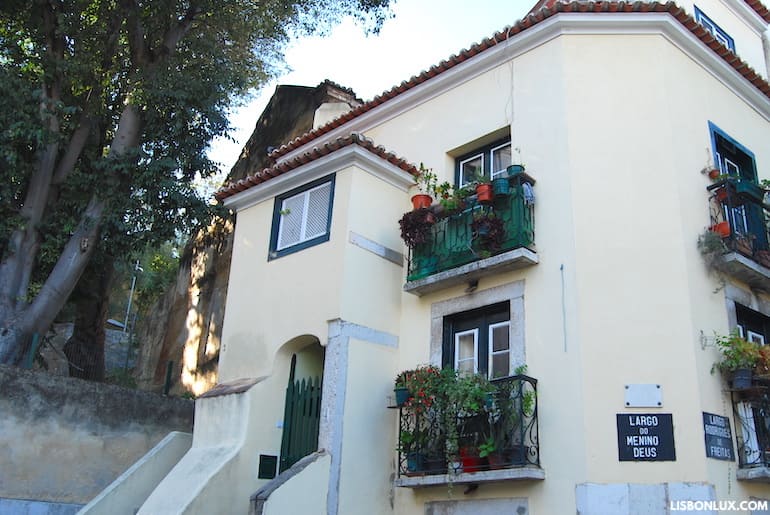
An emblematic house from the 1500s can be seen on Largo do Menino Deus, between the viewpoints of Portas do Sol and Graça . Most Lisbon homes in Vasco da Gama’s time followed this style, with three floors and an exterior staircase, narrow doors and balconies.
Rua dos Cegos
Alfama
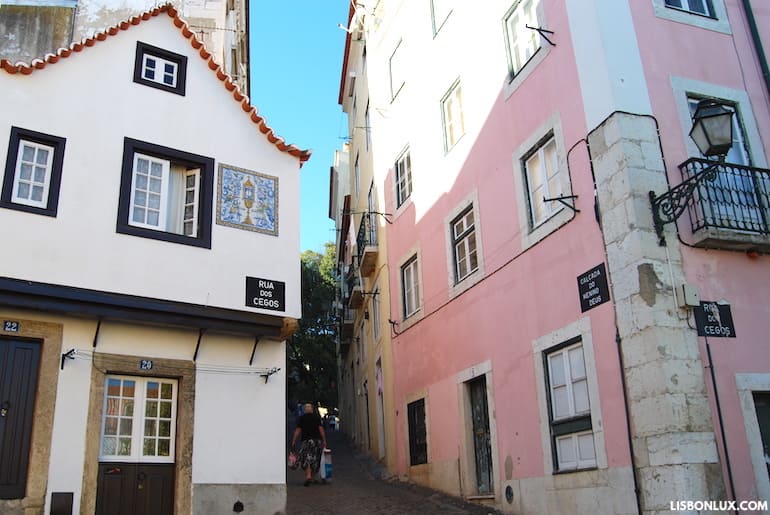
Also common in 16th-century houses was the triangular roof, as can be seen around the corner from Largo do Menino Deus, on Rua dos Cegos.
Rua Vieira Portuense
Belém
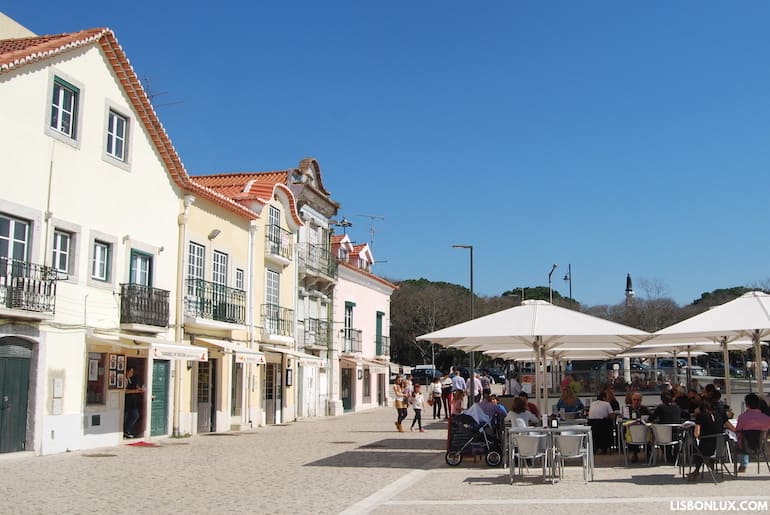
Other examples of 15th- and 16th-century houses are found in the Belém district, on Rua Vieira Portuense, many now occupied by restaurants.
Casa dos Bicos
Rua dos Bacalhoeiros, 10 (Alfama)
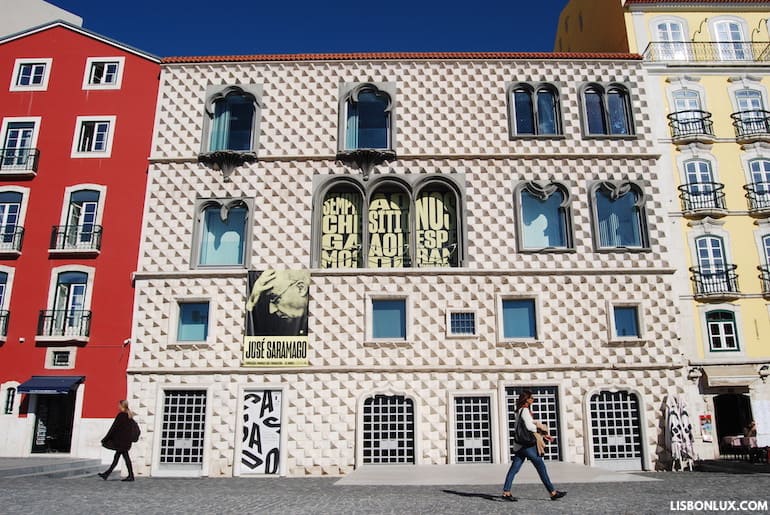
The most famous 16th-century house is Casa dos Bicos . Built in 1523 with over 1000 diamond-shaped stones on the façade, it was home to the Portuguese viceroy of India, Afonso de Albuquerque.
Rua dos Remédios
Alfama
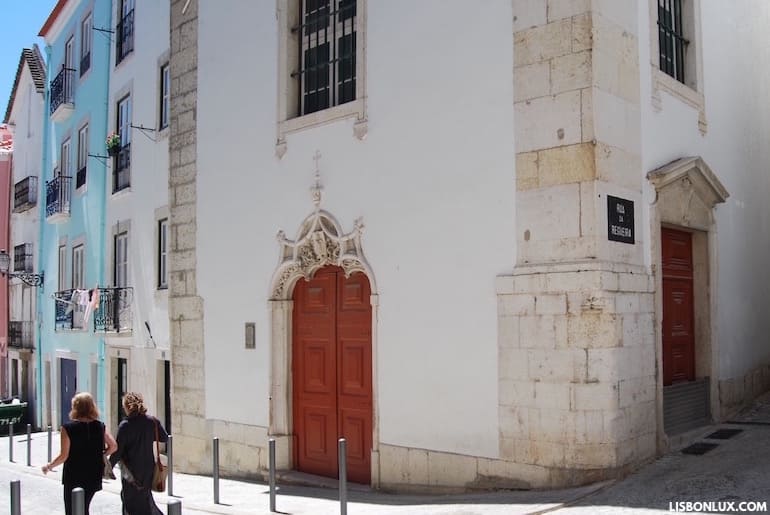
In Alfama is a street that was little affected by the 1755 earthquake, preserving some examples from the 1500s. That’s Rua dos Remédios, with its three Manueline-style portals -- one on the small chapel Capela dos Remédios, from 1520, another on a house on number 39, and another as you go up Calçadinha de Santo Estêvão, with columns representing a tree trunk, so common at the time.
Rua da Judiaria
Alfama
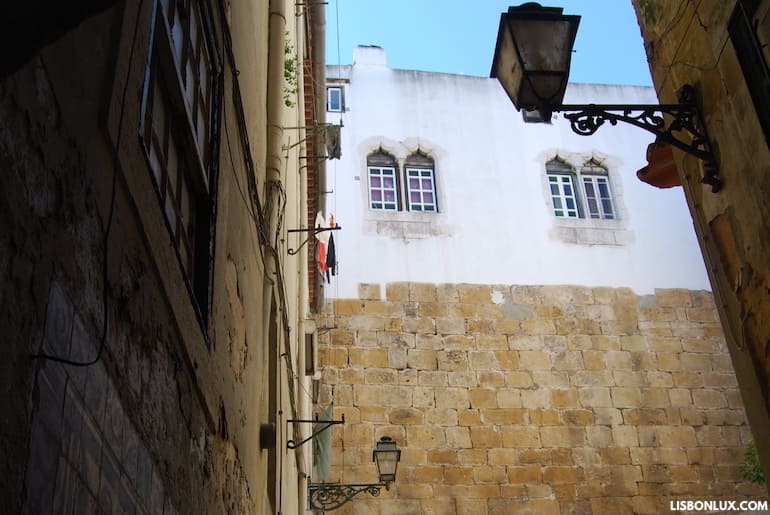
It’s also in Alfama that you’ll find the old Jewish quarter, and on Rua da Judiaria you can still see two curious windows from the 1400s. It was exactly on the year when Vasco da Gama left for India, in 1497, that the Jews were expelled from Portugal.
Santiago Church
Rua de Santiago, 3 (Alfama)
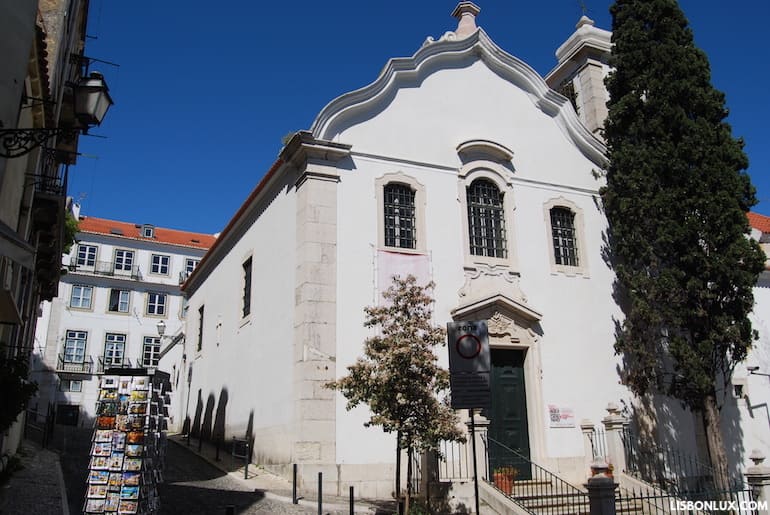
Still in Alfama, as you walk up to the castle , you’ll see Igreja de Santiago ("St. James Church"). It was here that Christopher Columbus is said to have married his Portuguese wife Filipa Moniz Perestrelo in 1479. Columbus tried to persuade the king of Portugal to finance his travels, but when the king refused, he offered his services to the king of Spain instead.
Conceição Velha Church
Rua da Alfândega, 108 (Baixa)
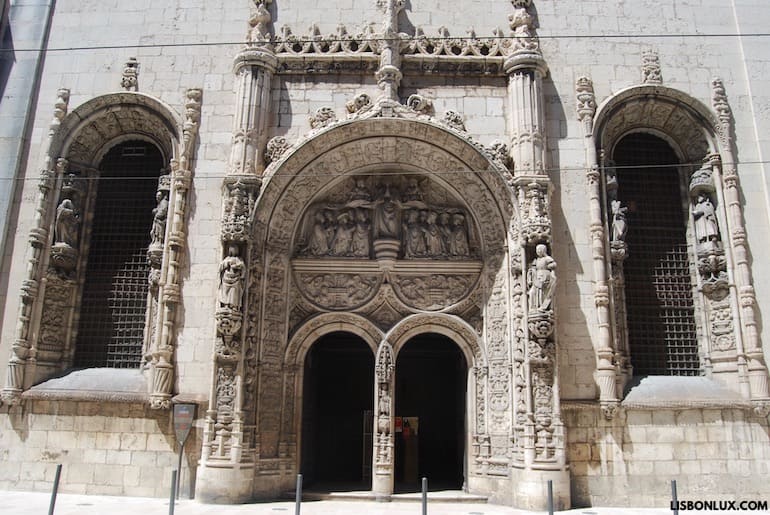
Shortly after Christopher Columbus left Lisbon, and a year before Vasco da Gama left for India, Igreja da Conceição Velha (“Old Our Lady of Conception Church”) was built over an older temple. Although the interior was destroyed by the 1755 earthquake, the portal survived, and remains one of the most impressive examples of Manueline architecture.
Madre de Deus Convent
Rua da Madre de Deus, 4 (Xabregas)
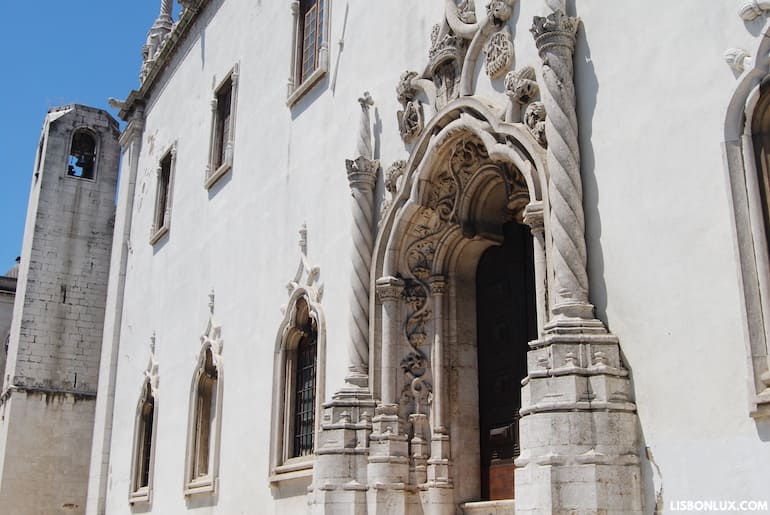
The Madre de Deus Convent was built between 1509 and 1516, and is now the beautiful Tile Museum . The interior was almost completely rebuilt in baroque style in the 1700s, but the façade preserves yet another remarkable Manueline portal.
São Jerónimo Chapel
Belém
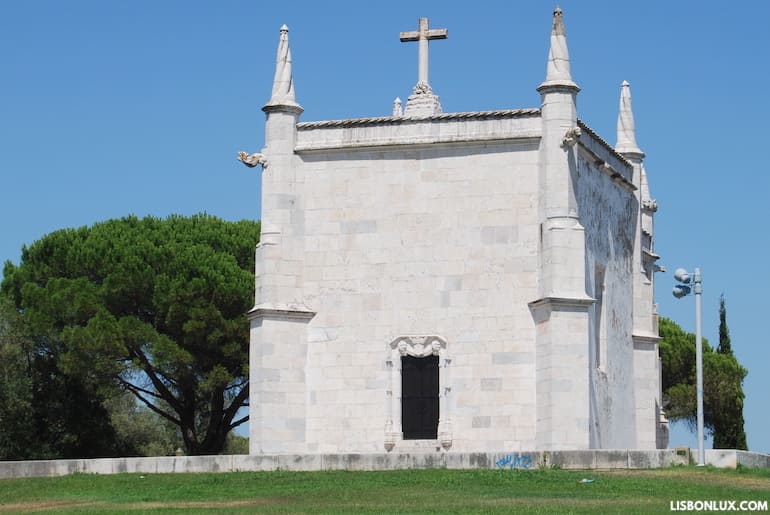
Another building from the same period is Capela de São Jerónimo (“Chapel of St. Jerome”). Built for monks in 1517, it was a place of worship before many voyages.
Military Museum
Largo do Museu da Artilharia (Alfama)
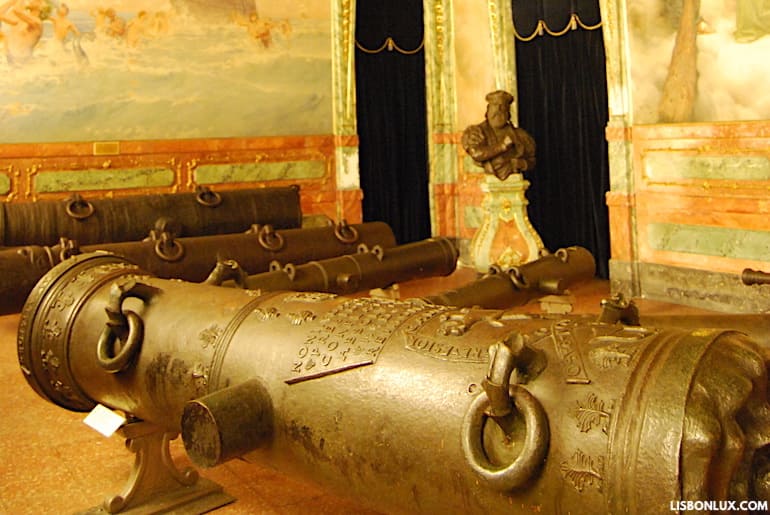
In rooms dedicated to Vasco da Gama and Prince Henry the Navigator, the Military Museum features murals depicting the voyages to the East, and a collection of Portuguese artillery that was spread along the coasts of Africa and Asia.
Money Museum
Largo de S. Julião (Baixa)
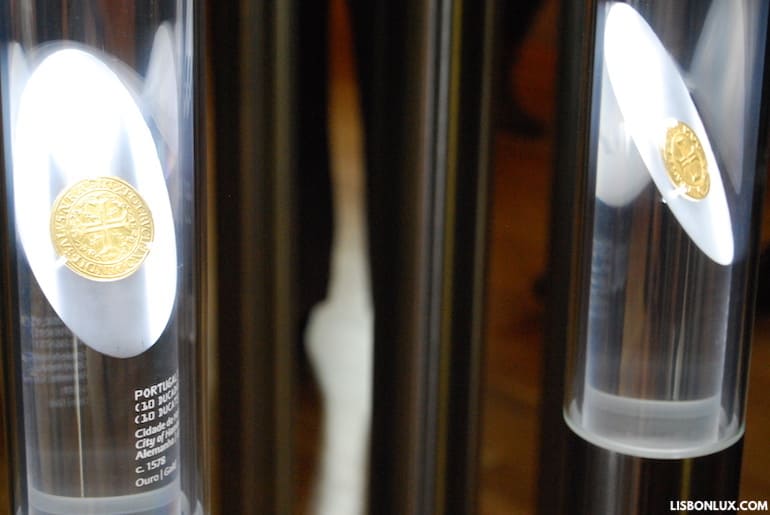
The surprising Money Museum includes numismatic treasures related to the Age of Discovery, such as coins minted with gold from Brazil.
São Roque Church
Largo Trindade Coelho (Bairro Alto)
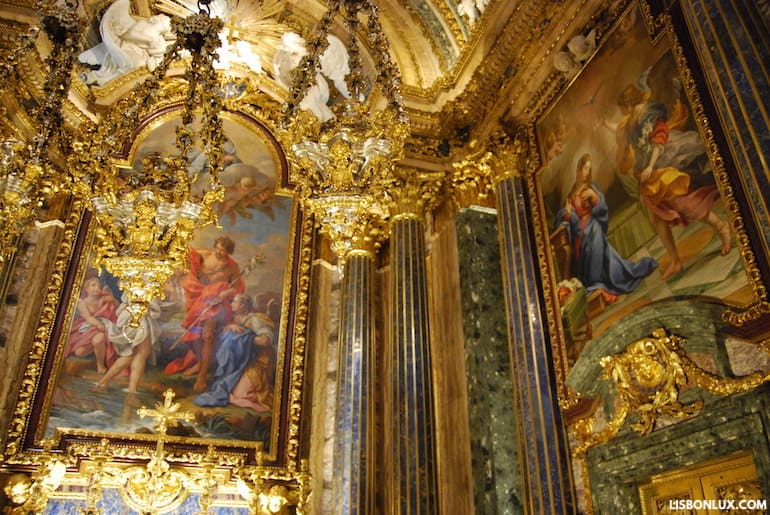
Brazilian gold was also able to pay for grandiose works in the palaces and churches of Lisbon, especially in the 1700s. The grandest of them all is one of several magnificent chapels inside the Church of São Roque , the chapel of St. John the Baptist, considered "the world’s most expensive chapel," mixing ivory, agate, lapis lazuli, and gold.
Coaches Museum
Praça Afonso de Albuquerque/Avenida da Índia, 136 (Belém)
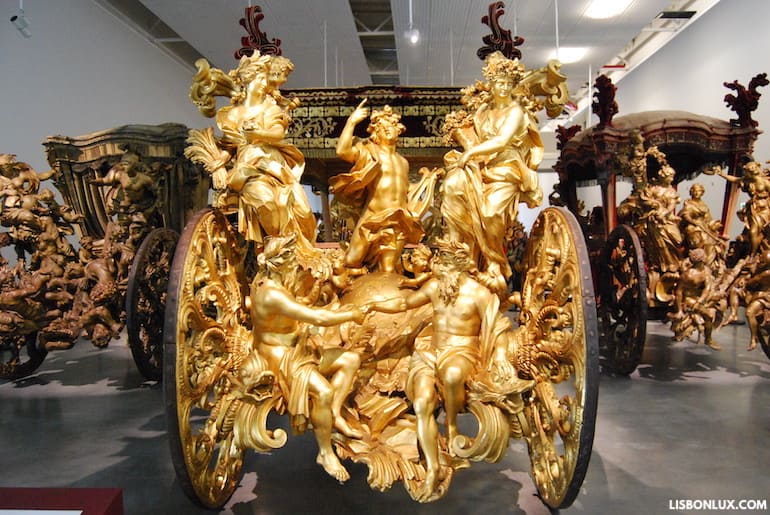
Other extraordinary works that resulted from the wealth derived from the Discoveries are in the Coaches Museum . The most outstanding are the vehicles built during the reign of king João V, such as the magnificent Carriage of the Oceans.
